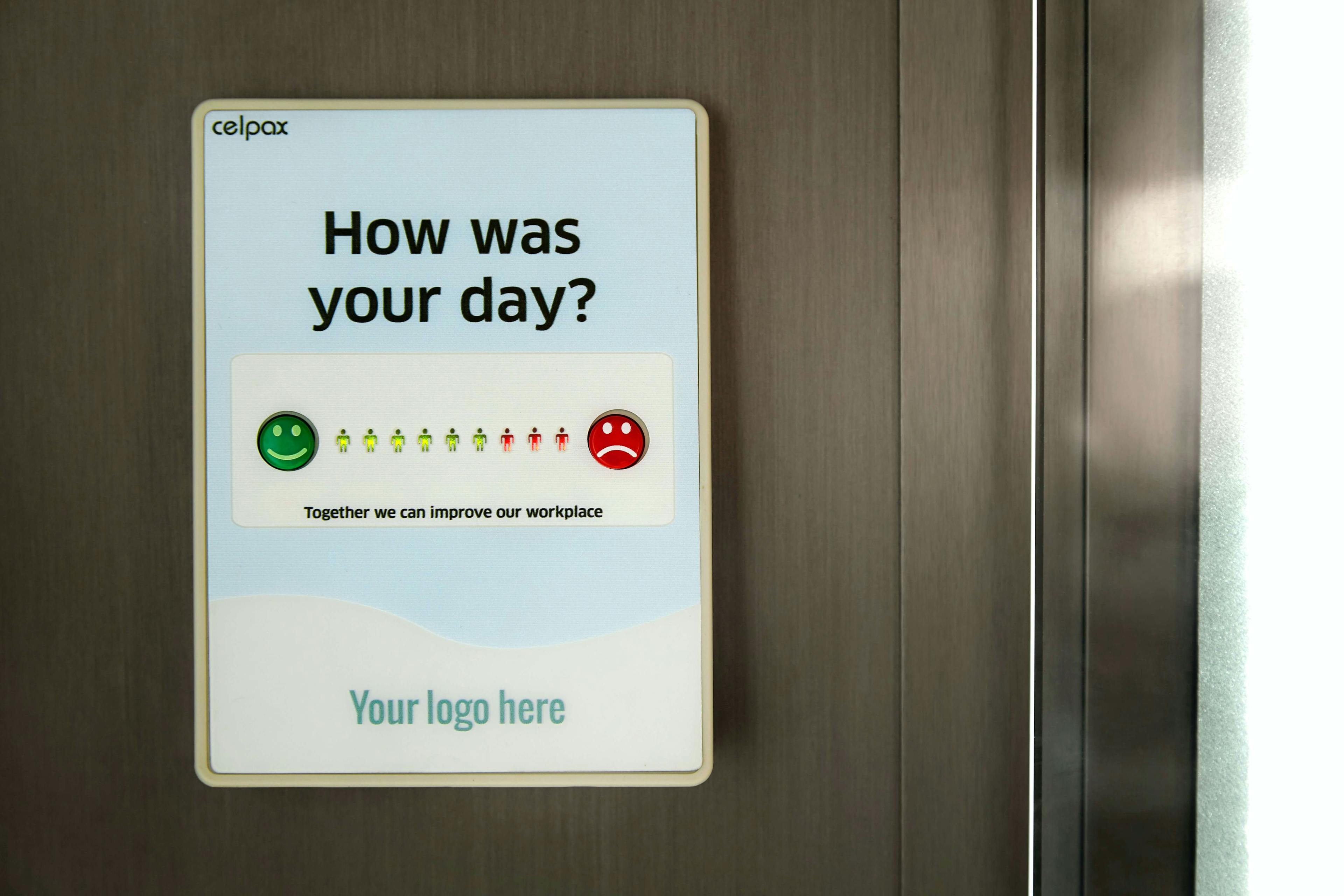With new opportunities, companies, and even entire industries appearing all the time, the demand for talent has never been higher. Skilled employees no longer have to settle for second best, so you cannot afford to be complacent about employee retention.
Think about it: losing productive team members means spending valuable time and money to replace them, with the average employee exit costing a staggering 33% of their annual salary.
On top of productivity losses, you'll also say goodbye to hard-earned institutional knowledge and dampen team morale. After all, it's only natural for remaining team members, seeing respected colleagues moving on to bigger and better things, to wonder if they should be looking elsewhere too.
Clearly, having well-defined employee retention strategies is vital to keeping hold of your best and brightest team members.
In this article, we're going to look at some useful employee engagement strategies, discovering ways to foster an open and inclusive workplace that gives employees the opportunity to grow while feeling happy and secure in their jobs.
But first, let's find out a little more about employee retention and its importance.
What is Employee Retention?
Employee retention encompasses all of the things that companies do to minimize turnover and keep hold of their staff. Traditionally, this has included additional financial benefits (higher pay), as well as other perks like insurance, holidays, free lunches, etc.
But while perks and benefits certainly have value and can be useful in the short term, they do little to address the less tangible but just as important emotional needs of employees.
Therefore employee retention has expanded to include things like motivation, work-life balance, ambition, contributing to a greater good, teamwork, growth, and trust.
Why is Employee Retention Important?
Getting your employee retention right benefits your company in many ways:
Reduced costs: Advertising, interviewing, onboarding, and training new employees is an expensive drain on time and resources. Higher retention rates mean that more time and money can be spent on other areas of the business, and can maximize company profits by up to 4 times.
Increased productivity: Long-term employees bring added value to any business with their deep knowledge of the company culture, values, procedures, and vision. Familiarity and established routines make things like communication and carrying out daily tasks more efficient, and contribute to a more productive workplace.
Higher employee morale: A high turnover is devastating for company morale, as close professional relationships are continually broken and remaining staff begin to question the value of a company that people seem happy to walk away from. Keeping teams together, on the other hand, allows a company culture to flourish, as talented and motivated employees grow together and are focused on contributing to the overall success of the business.
How to Improve Employee Retention?
The key to employee retention is employee engagement, which can be defined as the level of an employee's commitment and connection to an organization.
According to Gallup's State of the American Workplace report, “Employees who are engaged are more likely to stay with their organization, reducing overall turnover and the costs associated with it. They feel a stronger bond to their organization's mission and purpose, making them more effective brand ambassadors. They build stronger relationships with customers, helping their company increase sales and profitability.”
The question we should be asking then is “How to improve employee engagement?”
With that in mind, let's look at a few actionable and effective strategies for boosting employee engagement to include in your employee retention plan.
7 Employee Engagement Strategies
1. Provide more feedback
With 65% of employees saying that they want more feedback and engagement at work, keeping your employees in the loop has never been more important. It's only natural for people to know where they stand in the organization, what their strengths are, and where they can improve.
Positive feedback is especially important - a full 69% of employees say they would work harder if they felt their efforts were being better recognized
A great way to keep regular contact with employees and initiate constructive conversations is through pulse surveys. These are regular surveys that measure things like general employee satisfaction, response to changes, communication, relationships, and more.
Always follow up on your surveys and provide both positive and constructive feedback to your employees- pulse surveys can be counterproductive if not acted upon.
2. Encourage Your Employees To Give You Feedback
Employee engagement is not a one-way street - you must be open to accepting feedback from your team too. There's nothing less motivating than feeling like you aren't being heard, so it's vital for employees to have a safe and open channel where they can voice their doubts and concerns.
Create a work culture where employees feel comfortable sharing their thoughts both privately and publicly and make sure you quickly act upon the feedback you receive. Employee engagement is likely to suffer if employees begin to feel that nothing will change, even if they do propose a valid criticism or good idea.
With 14.9% lower turnover rates in companies that implement regular feedback, opening up your communication channels has never been more important!
3. Provide Ample Opportunities for Growth
Without a clear path of learning and advancement in the organization, employees quickly become disengaged. What is the point in working hard if there is nothing to strive for?
Offer training and relevant courses for employees, so they can apply new-gained skills to their roles. Set ambitious, yet achievable goals in your end-of-year reviews, and develop a company mindset of internal promotion, rather than hiring specialists from outside. With constant growth and attainable promotions to aim for, employees will feel valued and motivated to stay and challenge themselves in the long term.
4. Emphasize the Importance of a Healthy Work-Life Balance
Statistics on the work-life balance in America show that 4 out of 10 workers work at least 50 hours each week. A five-year study shows that individuals clocking in more than 55 working hours per week have a 1.66 times higher risk of developing depression, and 1.74 times higher risk of developing anxiety.
This is bad news for employees, and bad news for companies too. Happy, healthy, and well-rested employees perform better at work, so encourage ample time to focus on things like personal care (exercise, time to prepare healthy food, good sleep, etc.) leisure activities, and family time.
You can do this by ensuring regular working hours (paying special attention to remote workers whose boundaries between work and home life are blurred), and discouraging weekend work unless it is strictly necessary.
5. Get Your Recruiting Right
Retention begins at recruiting - it's much easier to keep hold of the right person for the job than for someone who wasn't a good fit from the very start.
Be open and honest about your expectations for the employee - don't try to oversell the position with unrealistic claims, or hide any of the less attractive aspects of the job. With people less likely to stick to jobs in the long-term these days, you might have to take a gamble with frequent job-hoppers from time to time. Look for other clues to loyalty and engagement in their CV and interview - do they engage in things like volunteering? Team sports? Examples of long-term commitments to things that they care about can provide valuable insights into whether this person can be encouraged to stay and grow within the organization.
6. Don't Neglect Your Onboarding Process
Uncertainty and disorganization from the beginning of an employee's experience can have a lasting negative impact on their overall engagement - first impressions last!
On the other hand, 69% of employees who undergo effective onboarding are more likely to stay with an employer for at least 3 years, and 58% are more likely to stay on for more than 3 years. Traditional onboarding involves a brief rundown of the company's history, values, mission, and culture. However, employees crave more practical and actionable information, including clear goals and objectives, skills required, and overall expectations. Help your new employees to settle in quickly and comfortably by providing purpose and support.
7. Foster Creativity in the Workplace
Creativity is a major buzzword in the corporate world - everyone wants it, but what do they actually do to let it flourish?
Start by providing a clear outlet for creativity, allow time for projects that interest employees, and have an open channel of communication for ideas to be tested. Not all employees are willing to strike out with their ideas, for fear of being ignored or ridiculed. Avoid this by providing an anonymous channel or even an innovation team, where ideas can be safely heard and a culture of risk-taking is encouraged. Offer rewards for ideas that were successfully implemented and above all have fun - creativity is much more likely to arise in a positive, trusting environment.
Wrap up
On the other hand, Employee retention has become one of the most pressing concerns in business, and with only 33% of employees reporting that they are engaged at work, it is clear to see why turnover rates are at an all-time high.
Increasing employee engagement reduces turnover and hiring costs while boosting productivity and morale. Implement these 7 easy strategies to engage your employees and keep your best and brightest team members for the long term - your bottom line will thank you for it!



